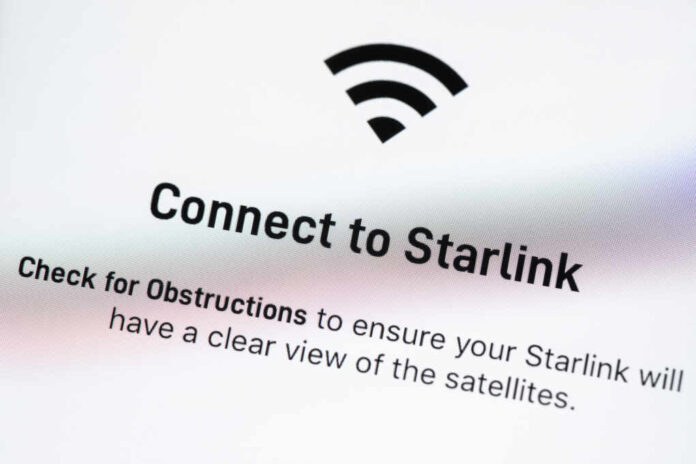
A narco submarine in the Caribbean, found equipped for the first time with Starlink technology, marks a concerning new chapter in the ongoing battle against drug smuggling.
At a Glance
- The Colombian Navy intercepted an unmanned narco submarine on July 2, 2025, employing Starlink for communications.
- This vessel marks the first known use of an unmanned underwater drug trafficking vessel in the Caribbean.
- These submarines present new detection challenges due to their low visibility in the water.
- The capture underscores a shift towards sophisticated unmanned drug trafficking methods.
Rising Tech in Smuggling Operations
The capture of this unmanned narco submarine fitted with a Starlink antenna brings the capabilities of drug traffickers into sharp focus. The Colombian Navy’s interception highlights an evolution in the logistical prowess of these networks, tapping into modern tech to enhance operational range and communication efficiency. The Orion Multinational Strategy, a part of this significant takedown, represents a global commitment to counter the unmitigated rise of drug trafficking in the Caribbean region.
The Colombian navy on Wednesday announced its first seizure of an unmanned narco-submarine equipped with a Starlink antenna off its Caribbean coast https://t.co/bxuSLPbvjd
— Insider Paper (@TheInsiderPaper) July 2, 2025
This aquatic vehicle, capable of transporting 1.5 tons of cocaine, was found devoid of any cargo and is believed to have only been on a trial run. The use of unmanned technology like Starlink is emblematic of the drug trade’s shift toward more sophisticated methods.
Watch: Colombian: Navy Seizes First Unmanned Narco-Submarine Equipped With Starlink Antenna
Unveiling a New Threat
This incident is a wake-up call to international maritime security. These unmanned vessels present complex detection issues; running just above the waterline, they are incredibly hard to spot. Admiral Juan Ricardo Rozo aptly stated, “This demonstrates an evolution in the logistical capabilities of drug trafficking.” The vessel operates silently at a waterline level, making it almost invisible to current detection technologies. Multinational drug cartels seem poised to increasingly employ these remote systems, which present logistical and maintenance challenges despite their many advantages.
As reported by the Colombian Navy, this is the first recorded appearance of such a vessel in these waters. The emergence of these tech-savvy submarines poses a real challenge. Uncrewed operations lower the risk of captured operators implicating their networks during interrogations, thereby protecting the criminal organization’s structure.
The Implications of the Starlink Submarine
Investigators suspect the submarine belongs to the Gulf Clan, Colombia’s largest drug trafficking group, which operates primarily through cocaine trafficking to fund paramilitary activities. The Starlink technology puts law enforcement under pressure to innovate their surveillance and interception technologies. As traffickers migrate towards sophisticated unmanned systems, authorities will need to develop fixed hydrophone detection systems and other measures to counteract these undetected threats at sea.

























